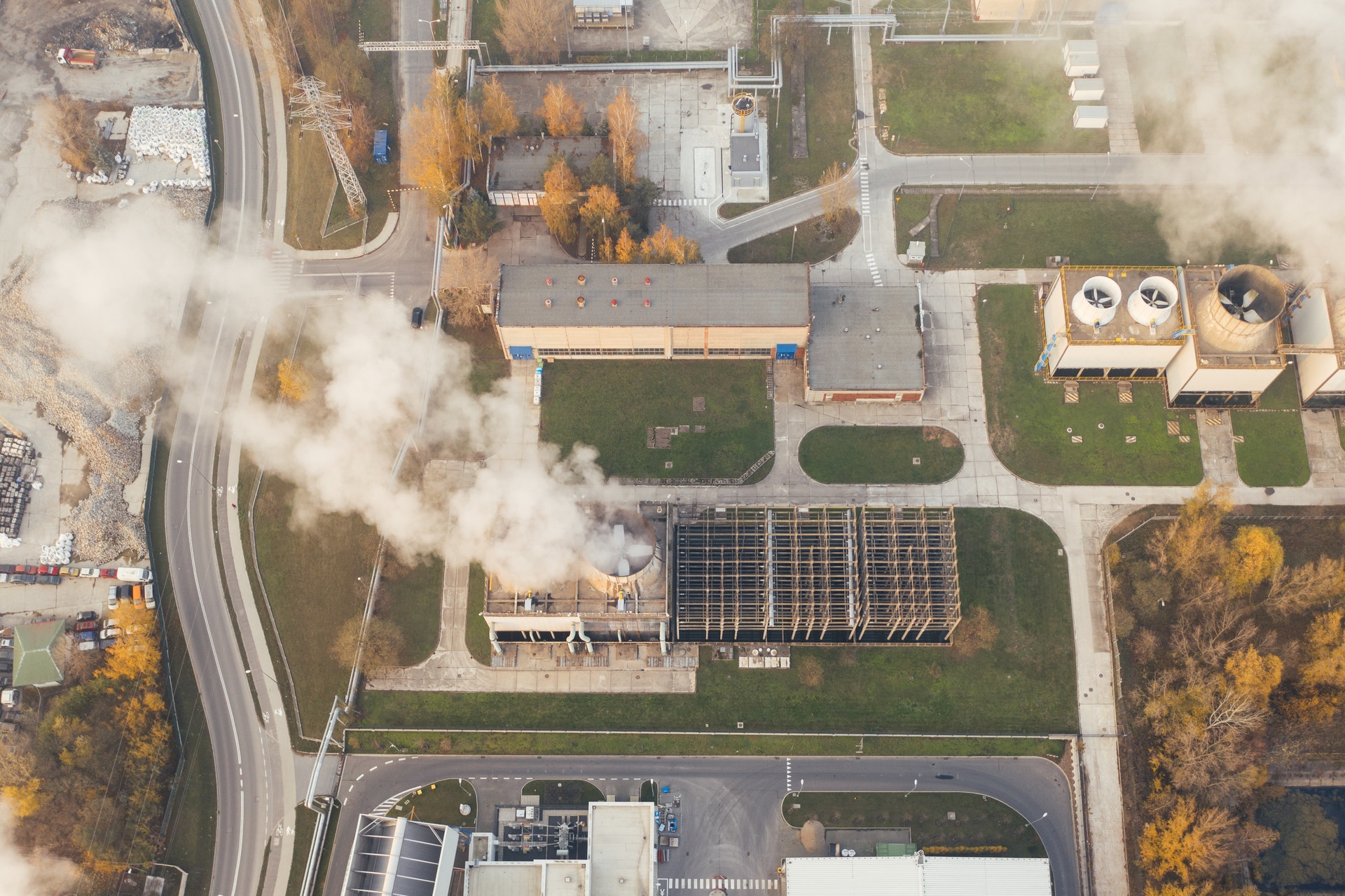
New developments in London are cutting their carbon emissions by a third, according to a report by London South Bank University.
The capital’s Mayor Boris Johnson has pledged to cut emissions 60% by 2025 and has focused efforts on the energy efficiency of buildings, which account for 71% of emissions (not including aviation).
The Mayor’s London Plan has pushed developers to go beyond basic building regulation requirements in incorporating sustainability and low-carbon measures in new developments.
The carbon savings from new developments has increased from an average of 29% in 2006 to 34% in 2009 above basic building regulations.
The report says the improvement in building performance supports Johnson’s plans to bring in tougher building standards for 2010-2013, which would set a target of 44% for carbon reductions in new developments.
Carbon savings are being made through the use of passive heating, energy efficient lighting, combined heat and power units and on-site renewables.
“This report underscores that we are on the right track with a range of energy busting measures being pursued across the capital’s new developments,” says Johnson. “But we can go further.”
“With the majority of London’s carbon emissions coming from buildings, it is crucial that developers, planners and boroughs are encouraged to raise the bar when proposing new sites, so they are as energy efficient as possible,” he says.
Meanwhile, energy supplier EDF Energy is to join the Mayor’s Building Energy Efficiency Programme (BEEP), which aims to help the public sector fast track plans to retrofit buildings with energy conservation measures.
The programme is part of the Clinton Climate Initiative aimed at reducing the carbon footprint of cities around the world.
